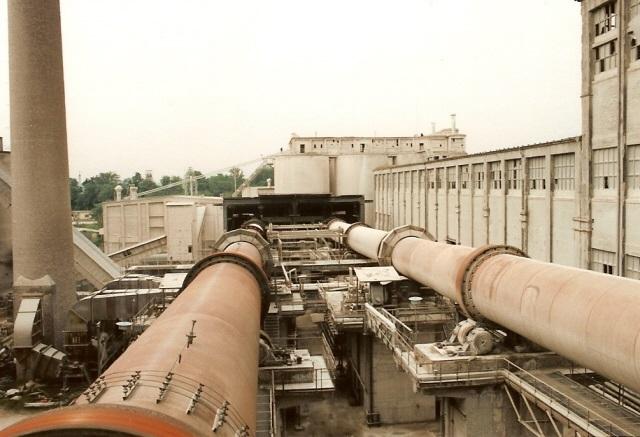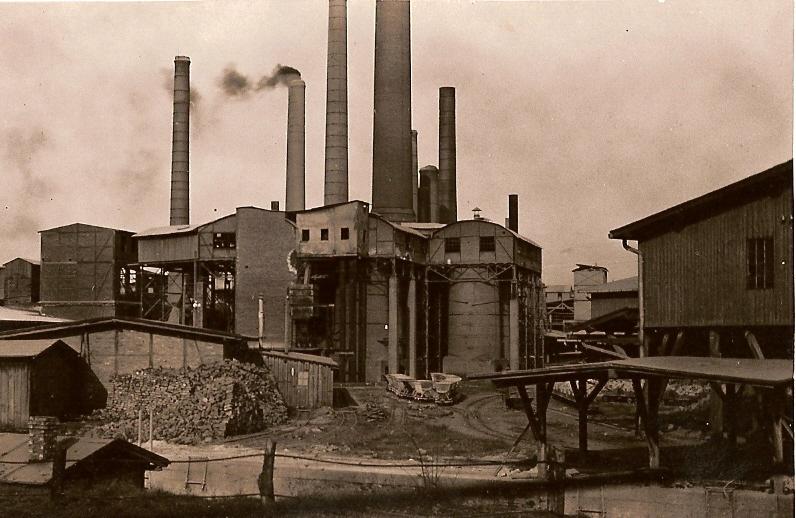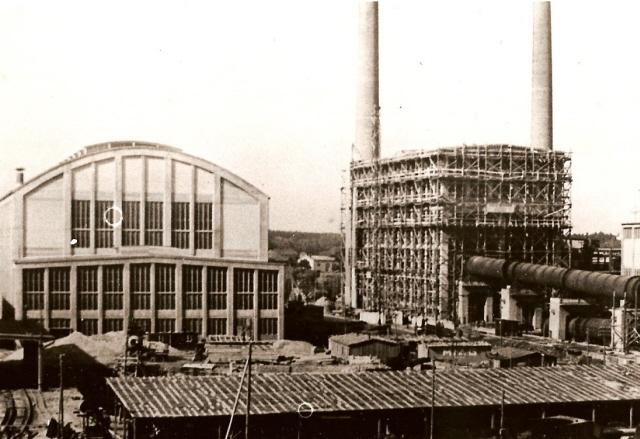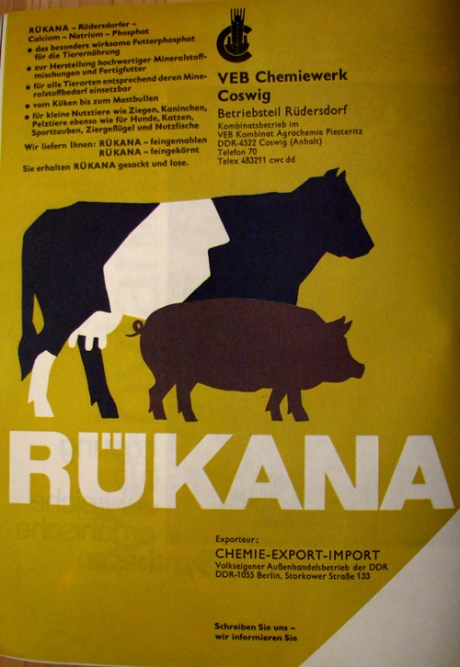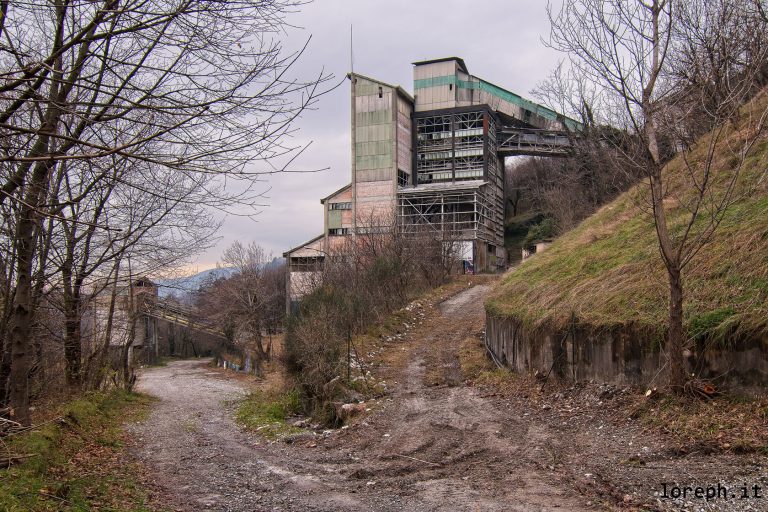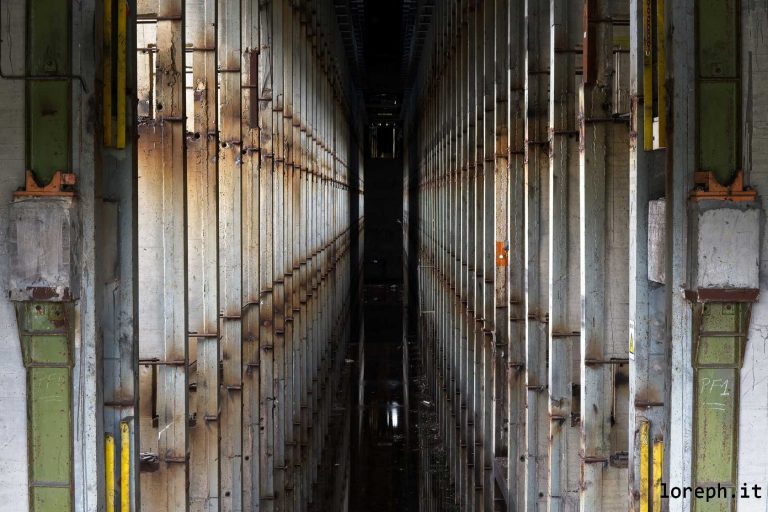VEB CHEMIEWERK RÜDERSDORF [DE]
Exploration #143. This former cement, then phosphate, chemical factory is located in the city of Rüdersdorf which dates back to the 13th century. It was around this time that the local settled farmers encountered large chunks of limestone when they tried plowing their fields. Little did the farmers know that they stumbled upon the resource which would be used to build the grandeur of Berlin for centuries to come.
The use of limestone saw rapid adoption and by 1600 it was realized that calcium oxide, otherwise known as quicklime, used in making cement and mortar, could have been produced by burning the limestone and dousing it with water. Rüdersdorf began soon to operate limekilns to mass produce said quicklime. What is known as the Chemiewerk Rüdersdorf today had its origins in the year 1900, when the C.O. Wegener Company built its first cement factory which produced cement using its ultra-modern rotary kilns.
During the years of Nazi terror, Nazis immediately took over control of the factory and over 2000 forced laborer’s had to work in the lime quarries and cement works, as did Italian, French and Soviet prisoners of war (who were held in a concentration camp nearby). The Cement factory continued producing cement until 1944, when it switched over to producing synthetic bauxite. Bauxite is used to create Aluminum and the German war industry was hungry for it. The majority of the buildings that are left standing today trace their origins back to that construction phase.
After the war Rüdersdorf capitulated to the Soviets. While the forced laborer’s and foreign prisoners of war were liberated – the Soviets erected a new Prisoner of war camp in May 1945 on the grounds of the cement factory. The Soviet Camp had a camp within the camp reserved for high ranking Nazis, Concentration Camp Commanders and personnel.
Because of its state-of-the-art technical equipment, the alumina plant immediately became the focus of the Soviet occupation’s dismantling efforts. The factory was completely cleared out, even doors, windows and gutters were sent east. On 25 August 1949, the Soviet Military Administration (SMAD) issued Order 106 to reinstate the former plant with the aim of installing fertiliser production in the empty halls. A magnesium phosphate was produced from kola apatite and kieserite in the rotary kiln. In 1959, the annual production was 21000 t.
From 1972 onwards, the same technology was used to try to produce a calcium-sodium phosphate for industrial animal husbandry in the GDR, but this did not succeed satisfactorily because of the short rotary kilns. Therefore, major investments were made and two 100-metre rotary kilns were built at the Rüdersdorf branch of the VEB Chemiewerk Coswig, together with the equipment for waste gas purification, grinding and shipping, which was about 80% new.
The Chemiewerk Rüdersdorf began producing high quality feed phosphate under the brand name Rükana. The quality of Rükana was so good that the GDR used it to sell it abroad to western markets.
German reunification did not bring any good fortunes to the factory. The Rüdersdorf Chemical Factory did manage to continue production through the first years of German reunification but it was slow death. Rebranded as the Rüdersdorfer Futterphosphat GmbH, production capabilities and personnel were scaled down to such an extent that one could assume that the new owners and investors were deliberately running the company into the ground and by 1999, production was shot down. After all assets were sold off, all that remained were the empty production halls from the 1940s.
The ruins are today used as a film location for various film, big Hollywood as well as local German productions.




























